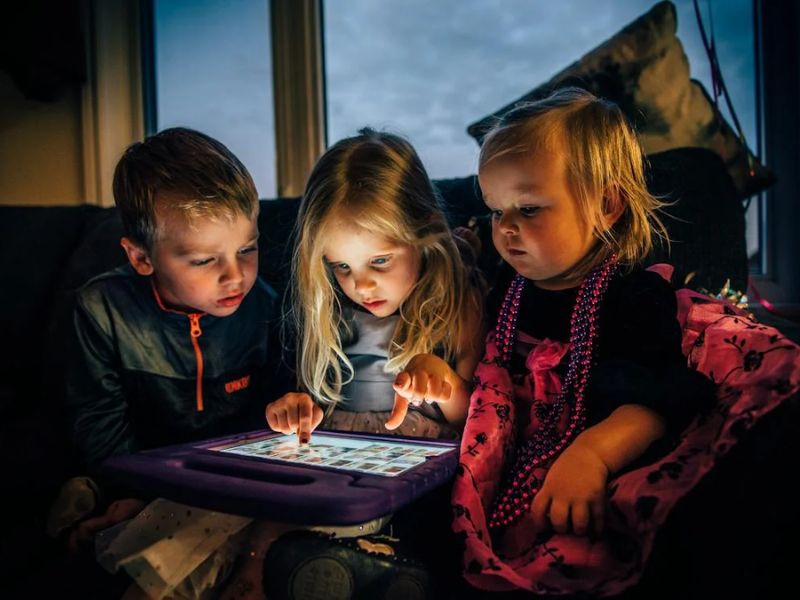Growing up with siblings can be a unique experience. They may be your best friends, confidants, or worst enemies, but they are always there. However, even though siblings share many of the same experiences, their childhoods can vastly differ. It is because of various factors such as birth order, age gaps, personalities, and life events.
The birth order among siblings can notably influence their childhood experiences. The first-born child may face higher expectations and responsibilities from parents, while the youngest child may enjoy greater flexibility and leniency. The middle child may feel neglected or disregarded, resulting in a more self-sufficient personality. These variances can contribute to each sibling having distinct recollections and encounters from their formative years.

Image Credit: Pexels/Harrison Haines
Age gaps between siblings can also contribute to their differing experiences. Siblings with significant age differences may have entirely different memories and experiences, as they may not have shared the same interests or social circles growing up. A more substantial age gap may mean that the older sibling is more of a caregiver or mentor, while a smaller gap may lead to more competition and rivalry.
Personalities also play a significant role in shaping sibling relationships and experiences. For example, one sibling may be more outgoing and social, while the other may prefer solitary activities. Two siblings can grow up in the same household but have vastly different characters, leading to different friendships, hobbies, and experiences.

Image Credit: Pexels/Daisy Anderson
Finally, life events can shape siblings’ experiences in different ways. If one sibling experiences a traumatic event such as a divorce or a parent’s death, it can significantly impact their childhood experiences. Additionally, one sibling may have a learning disability or medical condition that substantially shapes their experiences growing up.
In conclusion, siblings who grow up together can have vastly different childhoods. Birth order, age gaps, personalities, and life events can shape siblings’ experiences and memories. It is essential to acknowledge and appreciate these differences to understand each sibling’s unique perspective and experiences growing up.